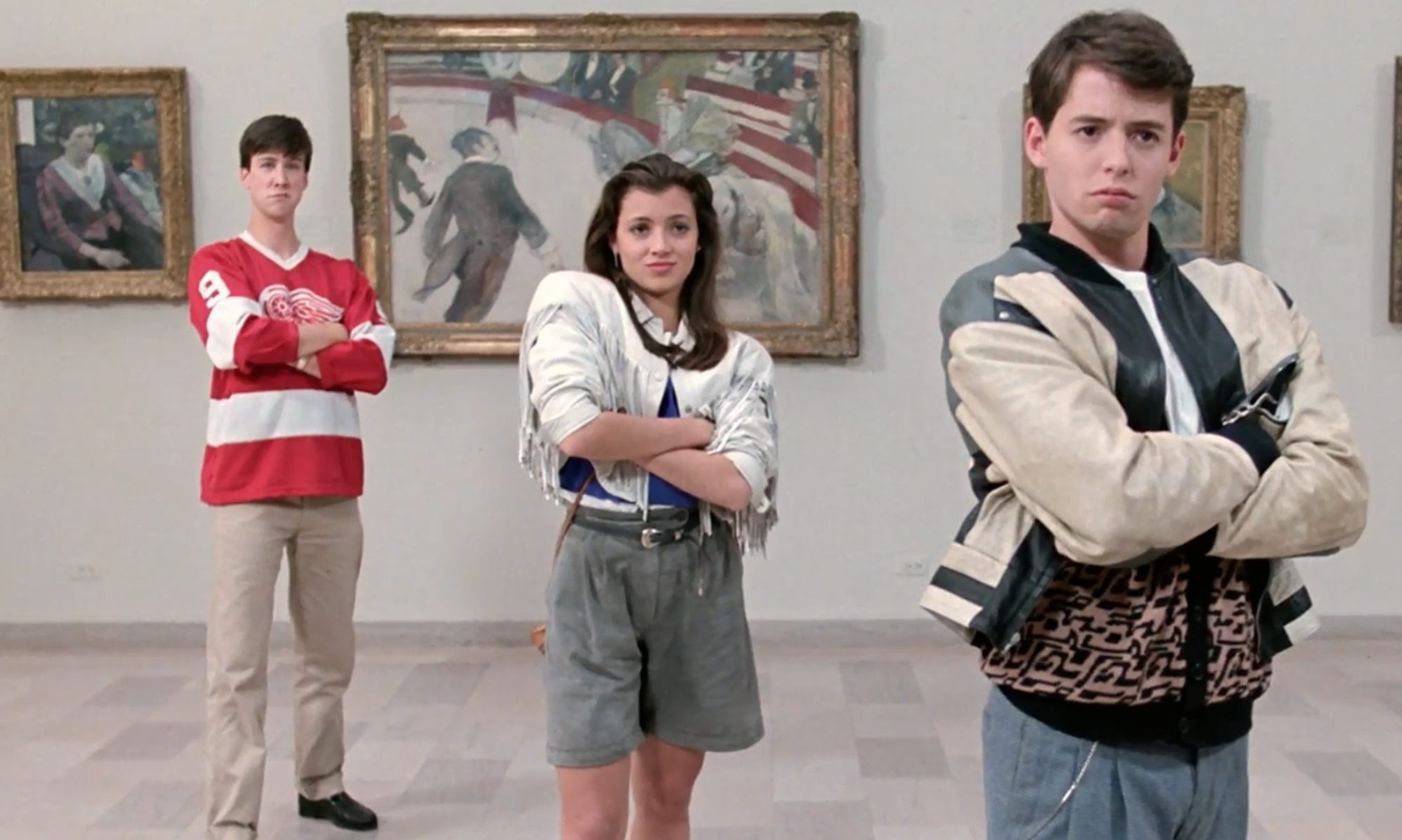




Directed by: Ben Sharpsteen/Hamilton Luske/Bill Roberts/Norman Ferguson/Jack Kinney/Wilfred Jackson/T. Hee
Written by: Ted Sears/Otto Englander/Webb Smith/William Cottrell/Joseph Sabo/Erdman Penner/Aurelius Battaglia
Based on story by: Carlo Collodi
Now, we get to my favorite. Well…one of them. It’s hard to pick a favorite, but this one is right up there. The story of a wooden boy who dreams of being a real boy, for some reason, has always resonated with me. I mean, after I saw it the first time when I was about 3 or 4 when I was bored out of my mind with it in the theatre on its fifth rerelease.
But when I revisited it many years later, it was perfect.
As Snow White was being completed, Walt was looking for the next project. Someone brought him the novel that ended up being his next film. Yeah. It was a novel. Not a fairy tale, but a full-length novel. And Pinocchio in the novel was kind of an unlikable troublemaker. His lessons were taught a bit more harshly, even though his lessons in the movie are kinda horrifying.
Old Geppetto is a lonely toymaker whose only family are a kitten (Figaro) and a fish (Cleo). When he makes Pinocchio as a marionette, he makes a wish for the puppet to become a real boy. The Blue Fairy comes to his room that night, waves her wand, and gives the puppet life. He’s not quite real, yet. But he is a boy. The Blue Fairy also meets Jiminy Cricket (voiced by Cliff Edwards, Disney’s first celebrity voice talent) into Pinocchio’s conscience.
The two go to school the next day (after a very surprised Geppetto finds his new son) and immediately fall into the hands of “Honest†John Worthington Foulfellow and Gideon Cat. They take the boy to Stromboli who makes him the star of his puppet show. (“I’ve Got No Strings!â€) When Stromboli shows his true colors by locking Pinocchio into a cage it’s up to Jiminy to get him out.
The next day, the same two get Pinocchio to go with them to Pleasure Island where he meets Lampwick, a bad boy who smokes, drinks and (presumably) curses. Then all the boys start turning into donkeys in probably the most terrifying scene in any Disney movie. Lampwick’s transformation is done in shadow, but it’s enough.
Pinocchio and Jiminy book it out of there only to find the Geppetto, Figaro and Cleo have left to go find him. They eventually catch up to them in the belly of Monstro, the biggest damn whale ever. The three of them have given up the ghost and figure they’re spending the rest of their lives in there. But Pinocchio figures that all they need to do is start a fire and Monstro will sneeze them out. It works, but it’s a fight to get away. So much of a fight that it looks like Pinocchio dies. In his mourning, Geppetto doesn’t see the Blue Fairy bring Pinocchio back to life. Happy tears ensue.
This movie is basically perfect. It’s beautifully animated. The story is all about morals without being cloying. The characters are cute and interesting. The villains are bigger than life and terrifying. And, of course, Pleasure Island is one of the scariest sequences ever put on film. I love it.
Of course, this is the 30s/40s, so there has to be some problematic stuff…but it’s actually debatable. Stomboli could be seen as a stereotypical Jewish “gypsy,†what with his “I want money ONLY†ways. But he’s also very definitely Italian and doesn’t have any of the “Jewish†physical attributes. He seems to be more of a grifter who just wants money and power. He saw traveling from place to place with entertainment to be the only way to get one. The other he got from using puppets. When Pinocchio comes along, he a) has a great new gimmick and b) can lord his dwindling power over an actual living, breathing being. It’s a dream come true! (Sounds like a certain orange I know.)
Of course, these could also be Jewish stereotypes. But it seems that he’s more anti-Romani than anti-Semetic. So…two sides of the same coin? I don’t know.
The other thing that people point out are the Indians* on Pleasure Island handing out cigars and cigarettes. They talk about the very real connection between Native Americans and tobacco and the spiritual rituals that they use it for and how we perverted them by using tobacco all the time and getting hooked on it.
I don’t think the Indians* in Pinocchio are really thought out like that. I think that they are just wooden Indians that were used as tobacco ads at stores for decades. Racist, yes. Absolutely. And the initial thought behind the very first wooden Indian was probably connected to all of that. But these Indians* are just a symbol that was used and well-known at the time. The animators didn’t say, “What’s the most offensive thing we can think of to attach to cigarettes? Oh! Indians!†No, they wanted the boys to start smoking because kids shouldn’t smoke, so they said, “What would be something that would be giving out tobacco? Oh! Wooden Indians, like in every store across the nation!†It’s absolutely problematic, but it wasn’t nefarious on the animators’ parts. It was nefarious on America’s part.
*I use the word “Indians†to mean the stereotype, not the human being. There will be more of this later. Trust me. (Facepalm)

